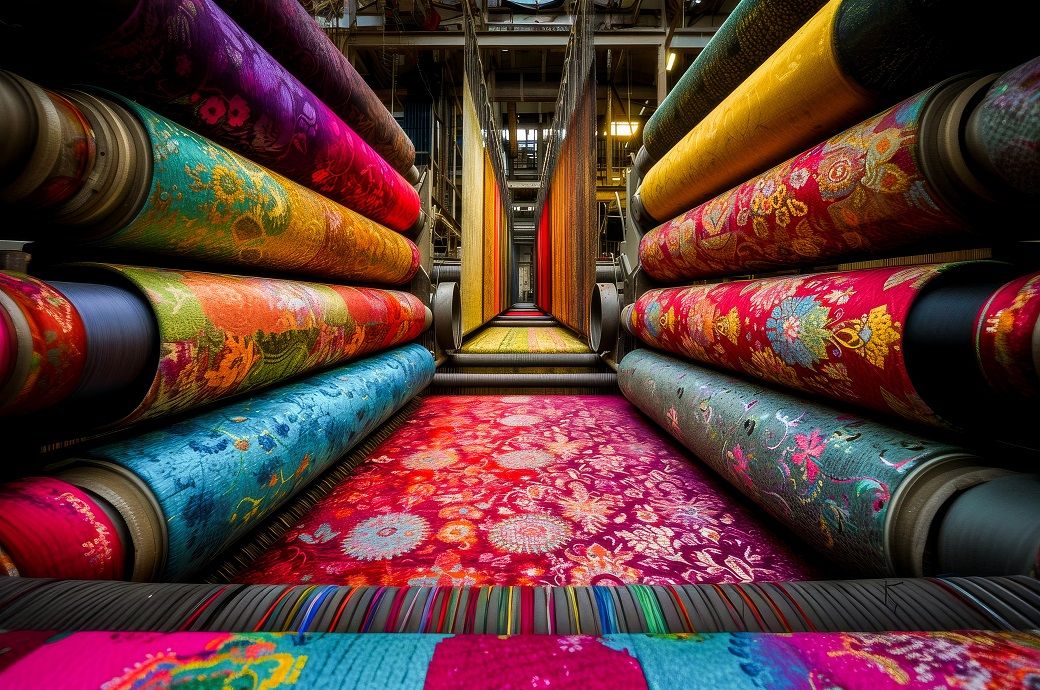
India’s Finance Minister announced the Budget for the current fiscal last week. Under the budget, she increased the budget allocation for the textile sector to ₹45 crore. The budget document indicated that the government has allocated ₹7,982 crore (~$953.33 million) for PLI schemes for various sectors excluding the electronics and IT sector, which was the most focused sector to push manufacturing activities. Excluding this sector, total PLI allocations for other sectors increased by 131.76 per cent from ₹3,444 crore (~$411.34 million) allocated for the last fiscal 2023-24.
The meagre allocation for the textile industry shows that the PLI scheme did not work in the last two years. Textile is a labour-intensive industry, but the government has approved investment in new segments like technical textiles. Industry veterans have raised concerns about the tough conditions laid down for the textile sector. The traditional garment and textile value chain was not considered for the scheme.
R K Vij, emeritus president of the Textile Association of India (TAI) and secretary general of the Polyester Textile and Apparel Industry Association (PTAIA), had earlier told Fibre2Fashion, “The eight-digit product code was such a tough condition of the PLI scheme that one cannot plan investments for such a specified textile product. The scheme can work only if the government adds some more products/segments and liberalises production conditions.” Industry organisations have raised demands for a liberalised and wider PLI scheme for the textile industry, but it is still awaited.
An official from the Ministry of Textiles had told the industry that a wider version of the PLI scheme was proposed for approval but was rejected, saying that it was too generalised. The scheme is formulated to push domestic manufacturing for new products. The industry is waiting for a PLI scheme which can work and attract investment. It was demanded to lower the investment limit from the current ₹100 crore (~$11.94 million) and ₹300 crore (~$35.83 million) so MSMEs can benefit from this scheme.
Fibre2Fashion News Desk (KUL)